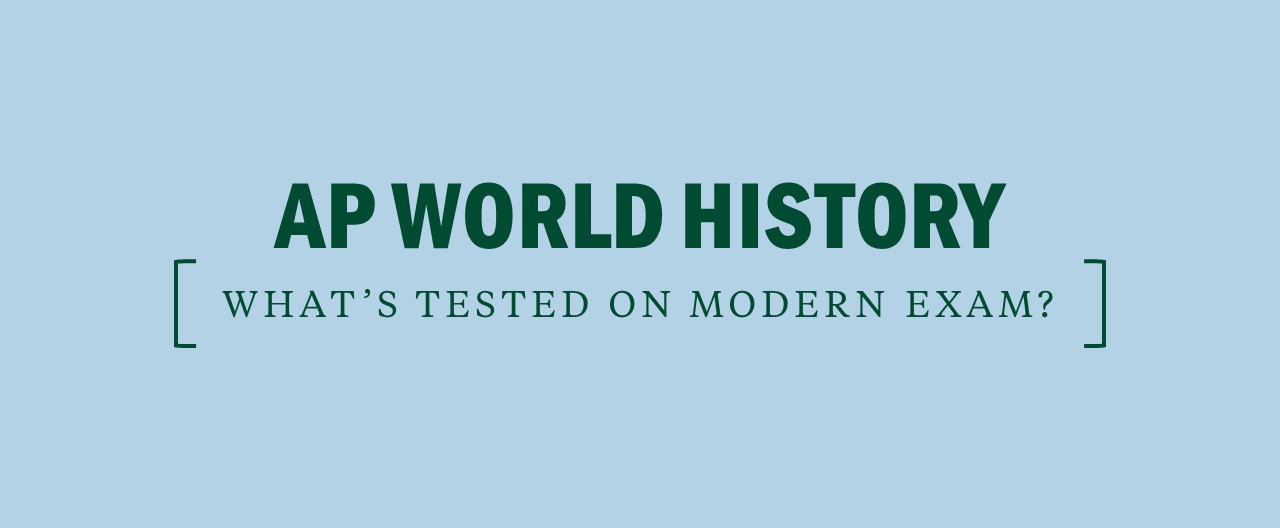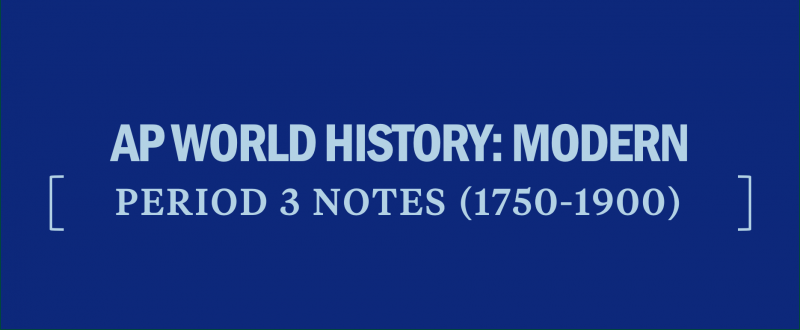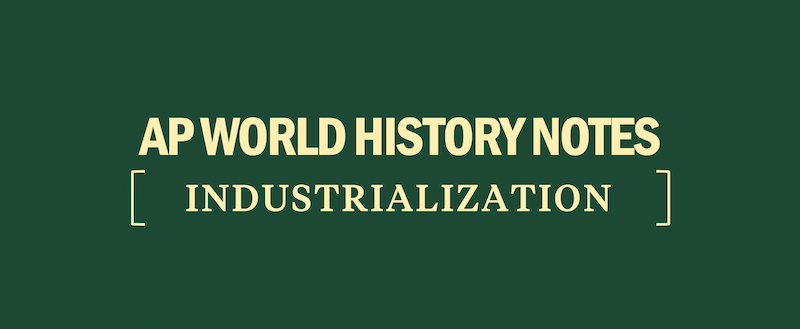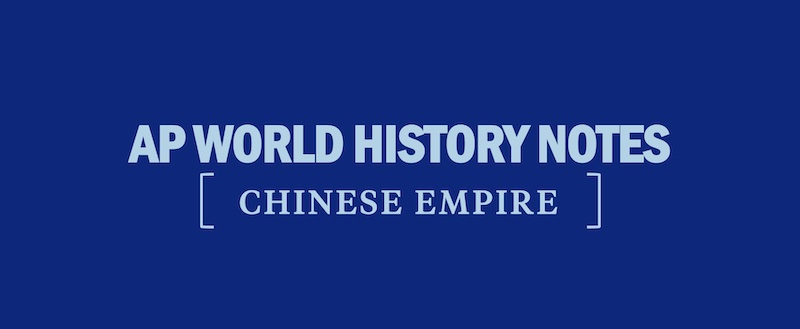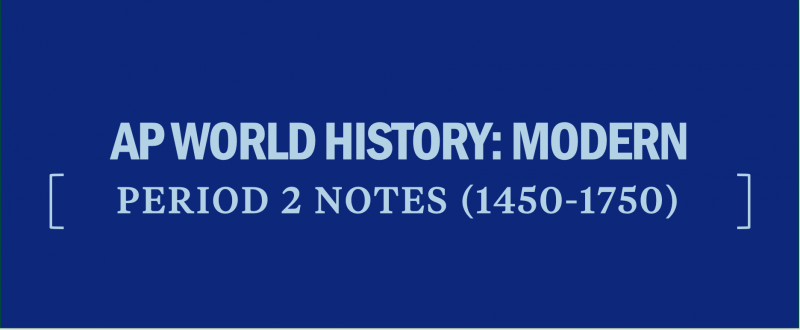What's Tested on the AP World History: Modern Exam?
In preparing for the AP World History: Modern exam, you build a solid foundation of knowledge about world history in the years 1200 to the present. While this knowledge is critical to your learning, keep in mind that just being able to recall isolated facts, dates, and events does not ensure success on the exam.
World history is about big ideas, such as how various civilizations developed and how different regions of the world are interconnected. The College Board (the maker of the AP exam) asks you to apply the knowledge you’ve learned at a higher level in order to show evidence of college-level abilities.
AP World History: Modern Exam Structure
The main goal of the College Board (the makers of the AP exam) is to help students think like historians. To that end, some skills and methods you’ll be expected to demonstrate are:
- Analyzing primary and secondary sources
- Explaining and analyzing historical processes, developments, and events
- Making connections using historical reasoning (specifically, comparison, causation, continuity, and change)
- Developing historical arguments
What are the ap world history exam periods, units and weights?
The AP World History Modern exam is broken down into four historical periods with multiple units contained in each period.
- Period
- Period 1 (1200-1450)
- Networks of Exchange
- Period 2 (1450-1750)
- Transoceanic Interconnections
- Period 3 (1750-1900)
- Consequences of Industrialization
- Period 4 (1900-present)
- Cold War and Decolonization
- Globalization
- Units
- The Global Tapestry
- Networks of Exchange
- Land-Based Empires
- Transoceanic Interconnections
- Revolutions
- Consequences of Industrialization
- Global Conflict
- Cold War and Decolonization
- Globalization
- Exam Weights
- 8-10% of exam score
- 8-10% of exam score
- 12-15% of exam score
- 12-15% of exam score
- 12-15% of exam score
- 12-15% of exam score
- 8-10% of exam score
- 8-10% of exam score
- 8-10% of exam score
What are the ap world history exam components?
The AP World History exam is 3 hours and 15 minutes long and is divided into two sections.
- Section
- I (58 Questions)
- Short-Answer
- II (2 Questions)
- Long Essay
- Part
- Multiple-Choice
- Short-Answer
- Document-Based
- Long Essay
- Weight
- 40%
- 20%
- 25%
- 15%
- Timing
- 55 minutes
- 40 minutes
- 60 minutes
- 40 minutes
AP World History Question Types
Let’s take a brief look at what question types you’ll see on the AP World History exam.
How the AP World History Exam is Scored?
Once you complete your AP exam, it will be sent to the College Board for grading. Student answer sheets for the multiple-choice section (Section I, Part A) are scored by machine. Scores are based on the number of questions answered correctly. No points are deducted for wrong answers, and no points are awarded for unanswered questions.
The free-response sections (Section I, Part B and Section II) are evaluated and scored by hand by trained AP readers. Rubrics based on each specific free-response prompt are released on the AP central website after the exams are administered.
After your total scores from Sections I and II are calculated, your results are converted to a scaled score from 1 to 5. The range of points for each scaled score varies depending on the difficulty of the exam in a particular year, but the significance of each value is constant from year to year. According to the College Board, AP scores should be interpreted as follows:
5 = Extremely well qualified
4 = Very well qualified
3 = Qualified
2 = Possibly qualified
1 = No recommendation
Colleges will generally not award course credit for any score below a 3, with more selective schools requiring a 4 or 5. Note that some schools will not award college credit regardless of your score. Be sure to research schools that you plan to apply to so you can determine the score you need to aim for on the AP exam.

